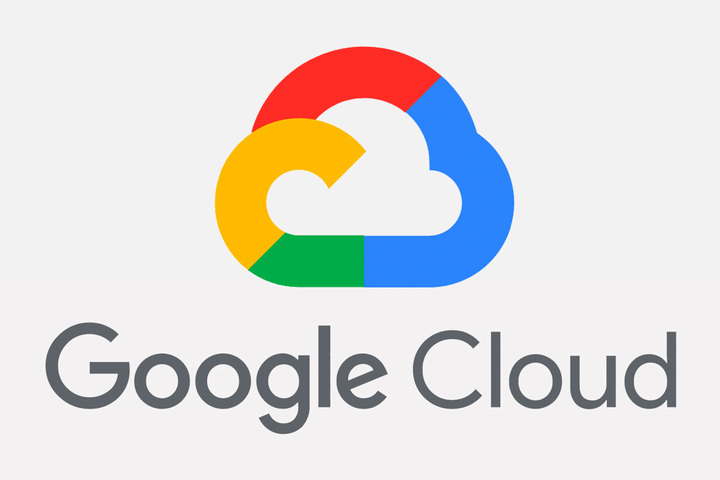Since the launch of BPOS and the evolution to Office 365 Microsoft have built an excellent cloud based Productivity suite. Shifting the Office and Productivity business from an on premise/waterfall upgrade cycle to cloud is no mean achievement. In doing this Microsoft have protected their licence based business and made significant inroads into the service revenue which was the preserve of the large System Integrators – displacing SI revenue for direct subscription fees.
I wrote on Tuesday that Office 365 if deployed correctly can add significant value however Microsoft face a set of competitors within the Productivity space which for Microsoft to maintain their lead need to be addressed and quickly.
Competitors have several core elements in common:
- They make their services viral and put the customer experience at the forefront of the pitch and are seen to ‘just work’.
- They appeal directly to users who have not been brought up on desktops and email but mobile and Whatsapp.
- They focus on End User Adoption and adding value as opposed to being caught up in a long technical delivery cycle.
For an organisation’s IT department as a whole these competitors create difficulties including duplicate costs, systems, non integration with AD and security frameworks but IT has limited control to prevent usage. Even if they are aware of usage (often they are not) they don’t wish to be seen to prevent the business from being productive.
Here are a few of the competitors currently making ground against Microsoft:
Zoom Video Conferencing

Eric S Yuan at Zoom is the epitome of the challenger brand, his elevator pitch for Zoom is perfect; ‘Delivering Happiness to Our Users. Your Happiness is My Happiness.’ Microsoft has a very strong video upgrade in Microsoft Teams, the technical improvements made by Teams provides a very good experience however very few users know how to use Microsoft Teams video if enabled. I’m willing to wager that most users would not be able to start a Microsoft Teams video call without direction or help guides.
Zoom just works, sign up and within minutes you can start a video call with virtually anyone. It is such low friction to start using the application it draws a user in and while it wont have the quality of service implemented on a corporate network the quality is ‘good enough’ for normal users to be happy and not be interested in Microsoft’s solutions.
Zoom certainly seems to be increasing market share and adding partners – as large organisations face video upgrade cycles Zoom becomes a very significant option.
Workplace by Facebook

Yammer is an interesting service from Microsoft. Before being bought by Microsoft Yammer was one of the poster children of freemium/shadow IT. It was an easy service to sign up to and consume and BPOS/Office 365 didn’t have any real comparison to Yammer. I think it’s fair to say since Yammer was purchased it has lost some of its dynamism and it doesn’t seem to have really progressed much over the years. Yammer with effort still holds significant value however it takes effort and thought to launch Yammer, without guidance and cultivation Yammer dies on the vine.
Compare with Workplace by Facebook, everyone knows the Facebook interface. When released into an organisation Workplace often grows like wild fire (some might say knot weed). People will have concerns over privacy and Facebook’s recent consumer challenges will lead users to complain about using Workplace but they are typically the people who tend to complain about any IT system. For users who want to collaborate quickly and effortlessly Workplace is ideal. Starbucks have an example with Workplace link.
Workplace recently announced they were moving off the Facebook domain and they have been adding partners to fill the potential gaps in areas such as compliance which are both sensible moves. It’s also interesting to note Facebook do use Office 365 themselves, primarily for email. This gives the Workplace team a good understanding of how Office 365 and Workplace can work together which they can share with potential customers.
I also really think there is great potential in the use of Oculus within the Productivity area – take a look at this recent Walmart example. Especially with Oculus Quest due to launch early next year.
Google Cloud Platform

Google has been trying to attack Microsoft’s Productivity suite for several years and they have definitely made progress but I’d imagine not as much as market analysts would have thought or Google management. However Google Cloud Platform (GCP) could pose a significant challenge within the Productivity area. The growth of machine learning, AI aren’t just buzzwords, they are at the heart of every modern business and with GCP (which includes G Suite) non IT users can relatively easily and quickly create business critical applications. This may send shivers down of an IT department but the challenge very quickly comes back – what should we use? Microsoft are certainly developing their capabilities with Excel online/PowerApps and Flow but Google has a lead in this space, one small example is the ability to share data between Google sheets which currently can’t be done easily with Excel online.
I wrote an article several months back about the Airbus decision to move to Google and I was sceptical of the move but having spent several months with users who use GCP on a daily basis I do understand the benefits. I’m still just not quite sure the market fully understands the impact of building business applications without central IT can have on making Productivity technology decisions.
** There are several others competitors also challenging, please don’t take offence if I haven’t mentioned you, this article is already too long.


